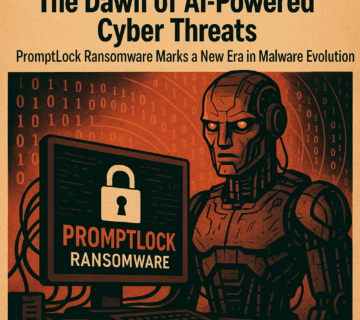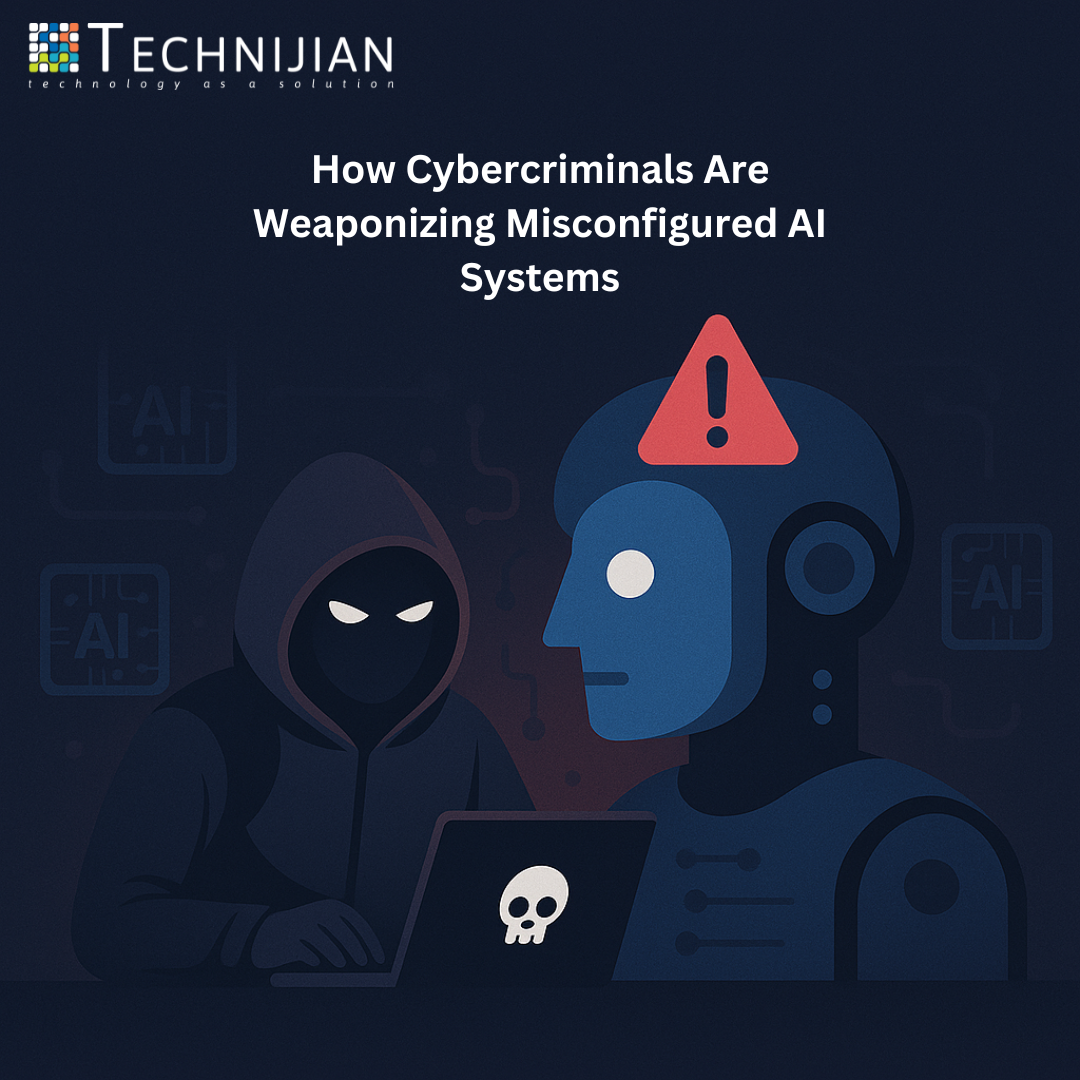
Threat Detection – Staying Ahead of Cybersecurity Risks
Threat detection is a critical component of modern cybersecurity strategies, allowing organizations to identify and respond to potential attacks before they cause significant harm. It involves monitoring networks, systems, and applications for unusual activity, unauthorized access, or known attack patterns. With the rise of sophisticated threats like ransomware, phishing, and zero-day exploits, real-time threat detection has become more essential than ever. Advanced tools powered by AI and machine learning help security teams analyze vast amounts of data, spot anomalies, and automate responses to minimize damage. By implementing proactive threat detection systems, businesses can reduce response times, prevent data breaches, and protect sensitive information. Regular updates, staff training, and continuous monitoring further enhance a company’s ability to stay ahead of cybercriminals. In today’s digital world, effective threat detection isn’t optional—it’s a necessity for long-term security and resilience.


The Dawn of AI-Powered Cyber Threats: PromptLock Ransomware Marks a New Era in Malware Evolution

AI Malware Successfully Bypasses Microsoft Defender: What This Means for Cybersecurity in 2025

AI Data Breach Statistics 2025
